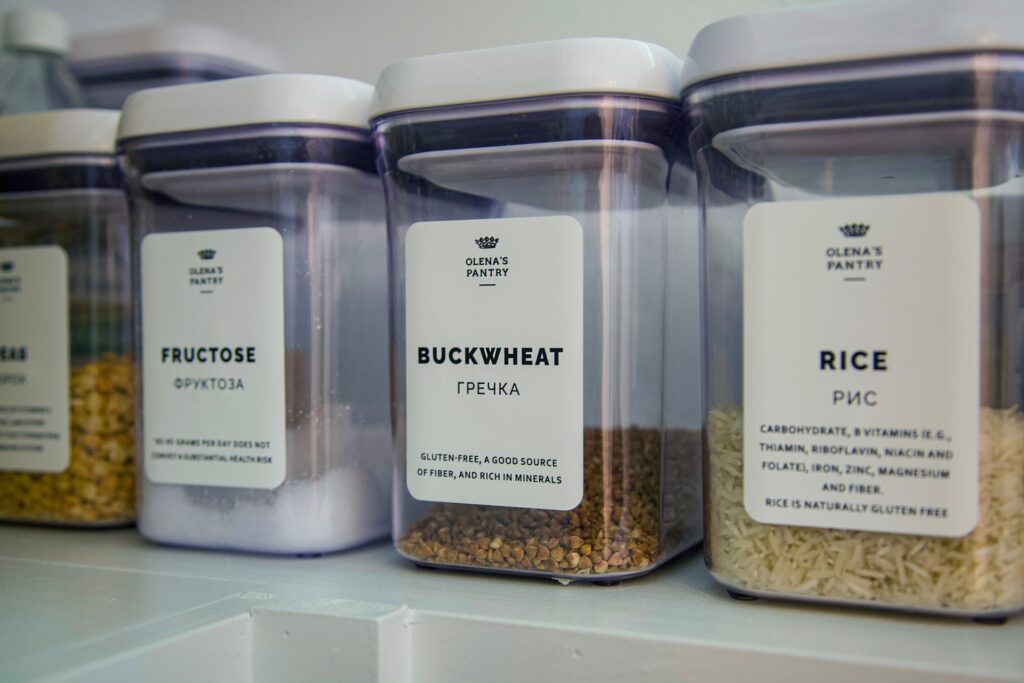Food labelling
The food labelling legislation in the UK obliges food producers and sellers to follow certain guidelines while offering edible products to the public. They are required to cover specific information on their labels to make the customers aware of what substances the foods include. As some people are allergic to certain products and some have to follow strict diets. It is necessary that the consumers know what they eat. It is so because if they eat substances they shouldn’t eat, it could negatively impact their health.
Food labels
Pre-packaged food is required to contain information such as the name of the food, quantitative ingredient declaration (QUID), a list of ingredients that includes allergens, net quantity of food (weight or volume of food), expiration date (best before/use by), name and address of the food business operator (FBO) that is responsible for the information and the alcoholic strength by volume on drinks that contain over 1.2% of alcohol(1).
The other guidelines are that information on labels must be difficult to remove and inedible and has to be printed using a font of a certain height, which makes it easy enough to read. The information about the country of origin and special storage conditions must also be specified and all the allergens (such as eggs, fish, milk, nuts, sesame seeds etc.) have to be appropriately labelled. If the product is pre-packaged all the ingredients used should be listed on the package except certain, specified products such as fresh fruit and vegetables, carbonated water that is already labelled as such, pure lactic products, fermented vinegar with no additives, products made up of a single ingredient, products in reusable glass bottles and a couple of others.
QUID stands for quantitative ingredients declaration and it tells the customers the percentage of certain ingredients that the product consists of. It is required to be shown if the ingredient is in the name of the product, is usually associated with that name by the consumers, is emphasised by words pictures or graphics or if the ingredient is characteristic of certain food and distinguishes it from others. ‘Best before’ and ‘use-by’ dates are required to be specified to let the customers know until what date pre-packaged products are still fit for consumption, while the nutritional information and certain ingredients (sweeteners, sugars, colourings, caffeine, polyols etc.) are listed to inform the customer what does the product contain.
All the information provided by the manufacturer aims to fully inform the client about the product, its ingredients, ‘use-by’ date, country of origin etc. The legislation is to ensure that the customers are provided with adequate information and that the food is safe to consume for people that are allergic or follow strict diets (e.g. due to health conditions).
References:
- Gov.uk, Food labelling: giving food information to consumers, accessed on 09/05/21, available at: https://www.gov.uk/guidance/food-labelling-giving-food-information-to-consumers




